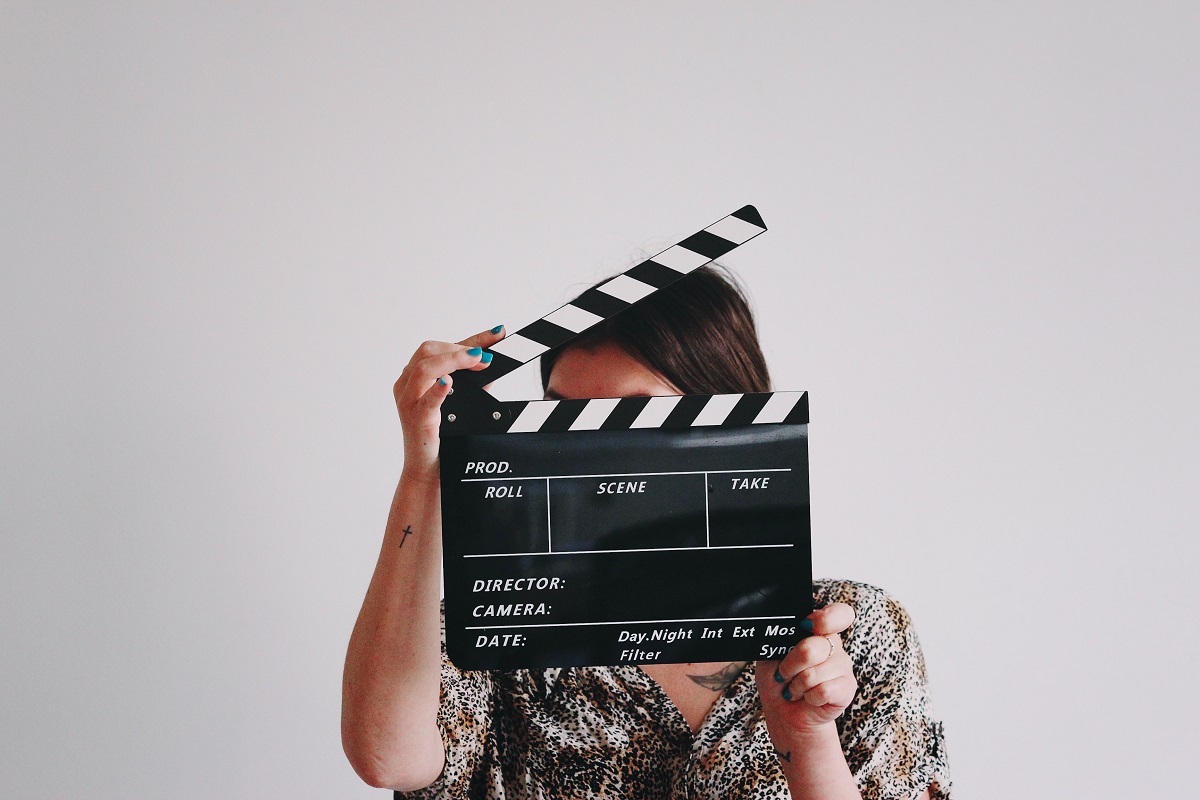Every story, regardless of the complexity (whether it’s Avengers: Endgame or a simple reel concept you came up with), has a beginning, a middle, and an end. Or, as a filmbro would say it – the set-up, conflict, and resolution. This blog, explaining the process of video production, is written based on these very guidelines.
Contrary to popular belief, production isn’t just the shooting of a video. It involves many more processes, broadly divided into three parts: pre-production, production, and post production. Pre-production involves the planning, scripting, and other aspects that go into creating the concept behind the video. Production involves the actual shoot, and post production entails editing it and giving it the finishing touches it requires.
ACT I: Pre-production 101 (The set-up)
INT. OFFICE – DAY
This part of the process is literally the set-up for a shoot, which is why I decided to call it that. First, a brief comes in from a client. Read it. Re-read it. Then come to the first step:
BRAINSTORM
Come up with ideas collectively as to what can be done with the brief and how the brand’s messaging can be conveyed through it. Ideas are thrown around. But, the first few ones are obviously generic. Anyone could think of them. So discard those. Once those are out of the question,it becomes easier to arrive at the more unconventional, ground-breaking ideas.
INT. OFFICE – NEXT DAY
The ideas are in place. Concept notes are written and sent to the client. The approval comes in with feedback. This is when the next major part of pre-production comes in.
SCRIPTING
This process can involve copywriters and the production team, where the overall plot, characters, dialogues, transitions, and more are decided.
INT. OFFICE – NEXT DAY
The script is sent for approval again. Cut to a very helpful step in the process:
STORYBOARDING
A graphic description of each of the shots in the video. This gives the person handling the camera a sense of direction. They can look at the references on the storyboard and get a fair idea of the technicalities involved in a particular shot, including notes on what’s happening in the scene and dialogues.
Finally, there’s:
SCHEDULING
The list of equipment required is decided, along with the location. Through some coordination, the shoot dates are decided on a day where all stakeholders in the shoot are available.
ACT II: Production (The conflict)
INT/EXT. SHOOT LOCATION – DAY/NIGHT
This part of the process involves shooting. Ironically it is called conflict, because there is bound to be something going wrong on a shoot day.
SHOOTING
Refer to the script, storyboard, and shoot more footage than required, including b-rolls. Anything can happen, and one must be prepared for all that can happen on a shoot; be ready to adapt quickly and think on your feet.
ACT III: Post production (The resolution)
INT. VIDEO EDITORS’ CORNER – DAY
Now that the video is shot, there needs to be someone who puts it all together. This is when the video editor comes in. A few mistakes during the shoot can also be “fixed in post” (maybe that’s why it’s called resolution?).
EDITING
The footage is brought in. There are rough cuts, graphics, music and voice-overs (if required), and other effects and transitions are made possible through editing.
Fin.
As you can see, the production process is quite an extensive one. And if you require something along these lines, we’ve got you covered! Contact us on our website now.


0 Comments